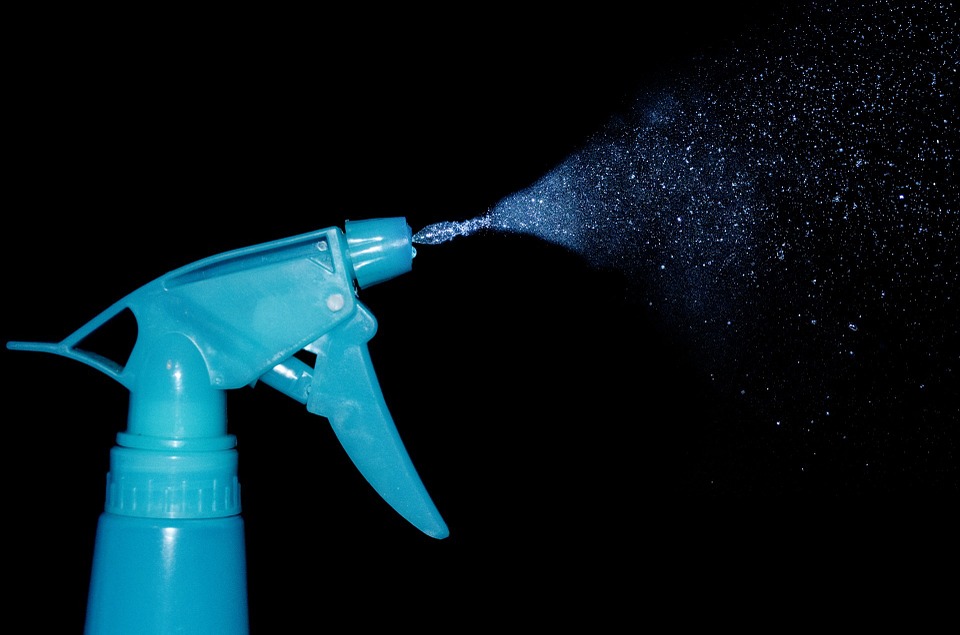We use cookies to make your experience better. To comply with the new e-Privacy directive, we need to ask for your consent to set the cookies. Learn more.
Shower Mould - Gross and Hazardous
 Mould and mildew is pretty much a given when it comes to showers and bathrooms.
Mould and mildew is pretty much a given when it comes to showers and bathrooms.
Given the small confined space of our bathroom, the lack of adequate ventilation and a steamy hot closed off environ. You've got the perfect conditions for mould and mildew to grow and proliferate.
In this article we'll discuss the types of mould that you will commonly find in your shower and we'll also discuss some easy ways of combating those fiendish pests.
Most commonly you'll find two types of mould in your bathrooms; pink mould (futurism or aureobasidium) or black mould (stachybotrys chartarum). Pink mould is very common in homes and can be found on plants, in carpets and even on wallpaper. Generally this type of mould is not too dangerous to us but like any type of fungal spore it can have serious effects on those with low immune systems or babies.
Black mould on the other hand can be very dangerous to humans. Black moulds create microtoxins which they release into the air, if we are exposed to these toxins in high doses it can cause serious injuries and can sometimes be fatal. Symptoms including respiratory distress, itchy eyes, skin rashes and asthma like symptoms .
If we notice mould of any kind in our bathrooms it is best to try to rid ourselves of them as soon as possible. This is because mould are made of fungal spores and a single spore can release many thousands more spores which will grow and reproduce. So it is imperative to deal with the problem right away.
Before trying to remove mould from your bathroom, it is a good idea to wear the proper safety equipment. This consists of a mask (so that you don't breath in any toxic spores which are released from your cleaning), gloves (to stop skin contact with the mould) and if necessary put down some plastic sheeting (to collect any mould that flings off your cleaning apparatus).
Once you are properly prepared buy a good mould and mildew cleaner from your local store and really get to work with a toothbrush on the mould, making sure to remove it all. Any mould left over will just multiply, so it is important to scrum all surfaces.
If the caulking of your bathroom has mould in it and it does not come out, then it's a good idea to replace the caulking. This mould will not come out and if left unchecked, it will certainly multiply and become a health hazard.
After having removed all the mould, it is now time to ensure it doesn't come back. To do this we must ensure that our bathrooms are not an ideal place for mould to grow. So as much as we can we must ensure that there is good ventilation in our bathrooms. When we take a shower the steam catches on our tiles and glass, making a perfect environment for mould to grow. We should use a squidgy on our surfaces to ensure excess water is removed.
Fungal spores which create mould can also be transported through our water supply to our bathrooms. If we install a shower filter (which contains KDF-55) then any fungus that passes through the filter will be killed before it reaches us.
Keeping fewer products in our showers will also mean there are less surfaces for mould to grow.
We hope you have learnt a little more about mould in your bathrooms and have equipped yourself with information which will help you control mould in the future.
As always - if you're looking for a good Shower Filter to control fungal spores in water supplies then look no further than the UK's No. 1 Shower Filter Store - PureShowers.co.uk
Thank you.



